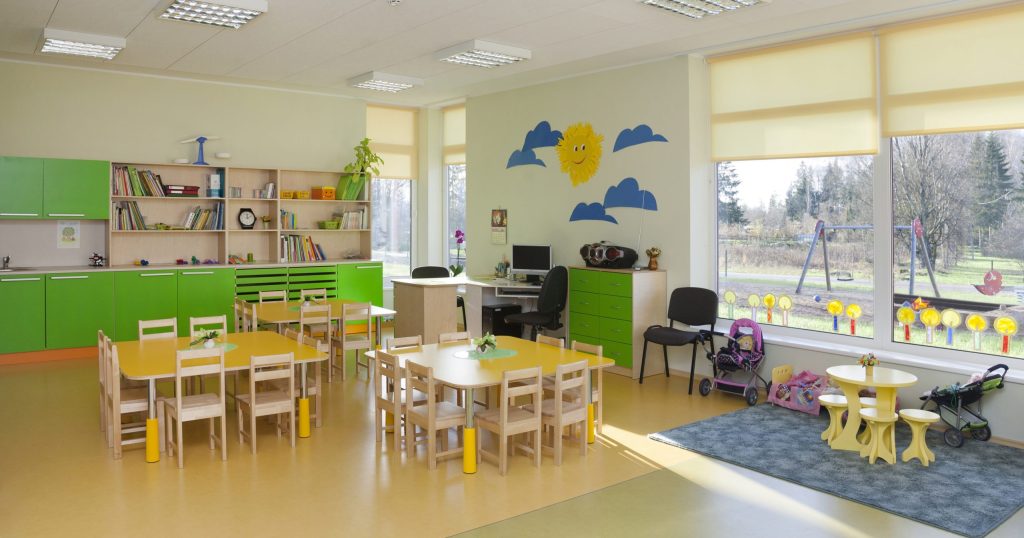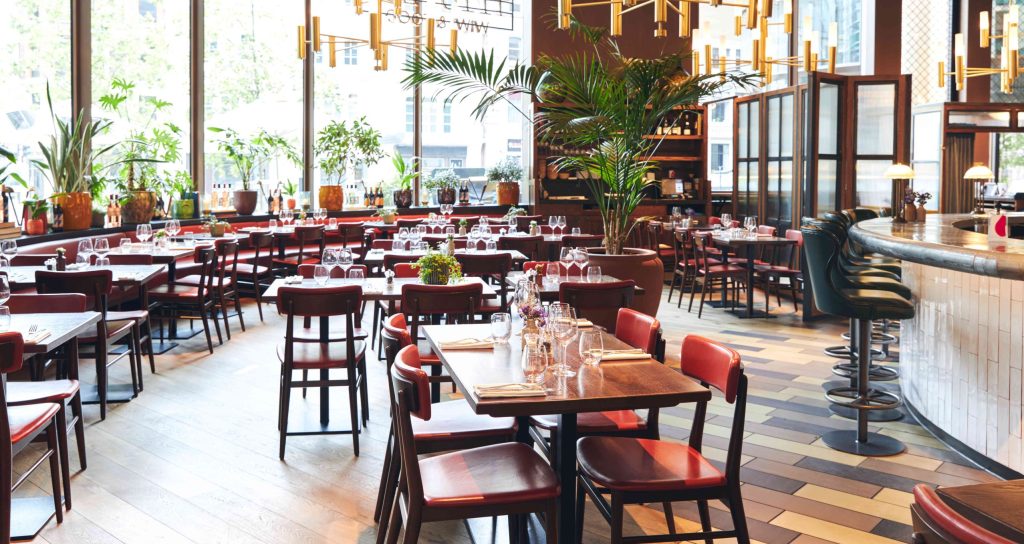How to Create Captivating Virtual Tours
In a world today that communicates most meaningfully in a visual format, it has become increasingly important for individuals and businesses to communicate with their audiences in similar, engaging ways. Virtual tour photography is taking center stage in defining and setting expectations for the quality of outcomes of really engaging and interactive communication. In the new age of digital communication, 360 photography and photographing 360-degree angles of certain places for products and experiences can be a game changer and is truly what helps you or your business stand out. However, it can all seem too much to curate single-handedly for those unsure of how to create captivating virtual tours.
In this blog, let’s take a closer look at how to create captivating virtual tours to help create memorable audience experiences and enhance user engagement.
To create compelling and captivating virtual tours, one of the most important things to consider is that there are various different aspects of 360-degree photography that you will need to consider. Adding hotspots to your virtual tour photography allows you the option to add useful, ready-to-use information that would previously not be easily accessible to the audience. 360-degree virtual tours also include really high-quality imagery that makes for visually compelling storytelling in the marketing efforts of your business. For businesses in the hospitality industry, a hotel 360-degree tour can truly elevate the way you showcase your business offering. From really comprehensive footage of the rooms and property to concierge services, it’s incredible how 360-degree virtual tours can help you deliver impactful and engaging content.
Interactive maps and customizable menus within virtual tours are other useful tools that can be part of your virtual tour photography. By offering your audience the control to move across and explore the space or product offering at their own pace, you enable a more personalized experience for your audience, helping them connect with your offerings better. By bifurcating your offerings in the video in different timelines and categorizing them into easy-to-navigate steps and processes, you make the virtual tour more cohesive yet seamless to navigate across.
Another widely underrated aspect of the virtual tour experience is offering audiences customized pieces of content. Often, when marketing and sales activities are undertaken, they are catered to target audiences and target groups and not to specific individuals and their needs. By including 360-degree photography as part of your offering, you open up wide-scale engagement on your platform. It releases business owners from the requirement to predict the needs of their audiences but rather enables them to showcase everything they have on offer. Instead of only serving customers generic services, businesses now have the ability to unlock a new level of engagement that was previously not possible. With photography virtual tours, businesses empower audiences to experience the offerings. This level of personalization is not fully possible, even with specific targeting. Giving audiences the chance to explore at their own pace also opens the possibility for them to discover services they never thought they previously needed, allowing businesses to cross-sell their services and products and grow organically without the need for extensive customer acquisition marketing activities.
Creating captivating virtual tours is a trend that is unlikely to slow down and will only see rapid adoption across industries. The above tips are great starting points for individuals and businesses on their journey to leverage customizable tools or enable engaging experiences for their audience.






















